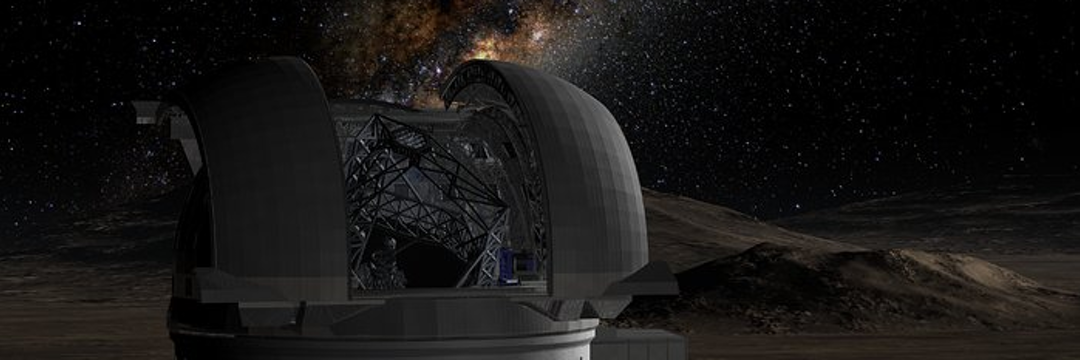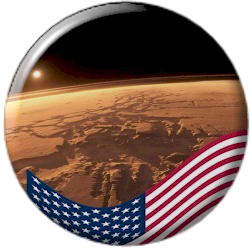
A new study challenges long-held ideas about the Phoenician-Punic civilization, one of the greatest maritime powers in history, known for its influence in the Mediterranean
The Phoenicians emerged in the Bronze Age, in cities in the Levant (a region that includes modern-day Lebanon).
They created important innovations, such as the first alphabet, which inspired many modern writing systems.
By the beginning of the first millennium B.C., Phoenician cities had a vast maritime trade network, with outposts reaching as far as the Iberian Peninsula.
This network spread their culture, religion, and language throughout the central and western Mediterranean.
In the sixth century B.C., Carthage, a Phoenician colony on the coast of present-day Tunisia, became the leading power in the region.
The Phoenician communities linked to Carthage came to be called “Punic” by the Romans.
Carthage is famous in history for the Punic Wars against Rome, including the campaign in which General Hannibal crossed the Alps on elephants.
New research on ancient DNA
An international team led by the Max Planck Research Center for the Archaeoscience of the Ancient Mediterranean at Harvard University, with Johannes Krause (Max Planck Institute for Evolutionary Anthropology) and Michael McCormick (Harvard University), analyzed DNA from human remains from 14 Phoenician and Punic archaeological sites.
These sites are spread across the Levant, North Africa, the Iberian Peninsula and Mediterranean islands such as Sicily, Sardinia and Ibiza.
The study aimed to understand the ancestry of the Punic people and to see if they had direct genetic ties to the Phoenicians of the Levant, with whom they shared culture and language.
The results were surprising.

Unexpected findings
“We found that the Phoenicians of the Levant contributed very little genetically to the Punic populations of the central and western Mediterranean,” says Harald Ringbauer, lead author of the study, who now works at the Max Planck Institute.
This suggests that Phoenician culture did not spread through large migrations, but through a dynamic process of cultural exchange and assimilation.
The study shows that Punic communities were very diverse.
“We saw a great deal of genetic variety at each Punic site,” explains David Reich, professor of Genetics and Human Evolutionary Biology at Harvard, who co-led the study.
Most of the DNA came from people similar to modern-day populations in Sicily and the Aegean region, but many also had ancestry linked to North Africa.

A cosmopolitan world
The results highlight that the Punic world was cosmopolitan, that is, very mixed.
At all the sites studied, including Carthage, people of North African ancestry lived and mixed with those of mainly Sicilian or Aegean origin.
The genetic network in the Mediterranean shows that processes such as trade, intermarriage and population mixing shaped these communities.
The researchers even found two close relatives (second cousins) buried in distant locations: one in North Africa and the other in Sicily.
“These discoveries show that ancient Mediterranean societies were deeply connected, with people moving and mixing over vast distances,” says Ilan Gronau, a professor at Reichman University in Israel who also led the study.
He points out that ancient DNA is a powerful tool for understanding the ancestry and mobility of historical populations, especially when there are few written records.
What does this mean”
This study changes the way we view the Phoenician-Punic civilization.
Rather than an expansion based on large groups of migrants from the Levant, Phoenician culture spread through cultural exchange, trade and integration with local peoples.
The research reveals a vibrant ancient Mediterranean, where different peoples lived together and created diverse communities.
Published in 05/12/2025 01h13
Text adapted by AI (Grok) and translated via Google API in the English version. Images from public image libraries or credits in the caption. Information about DOI, author and institution can be found in the body of the article.
Reference article:
| Geoprocessing Drone Systems HPC |

| ERP and CRM Systems Mobile Systems AI |


